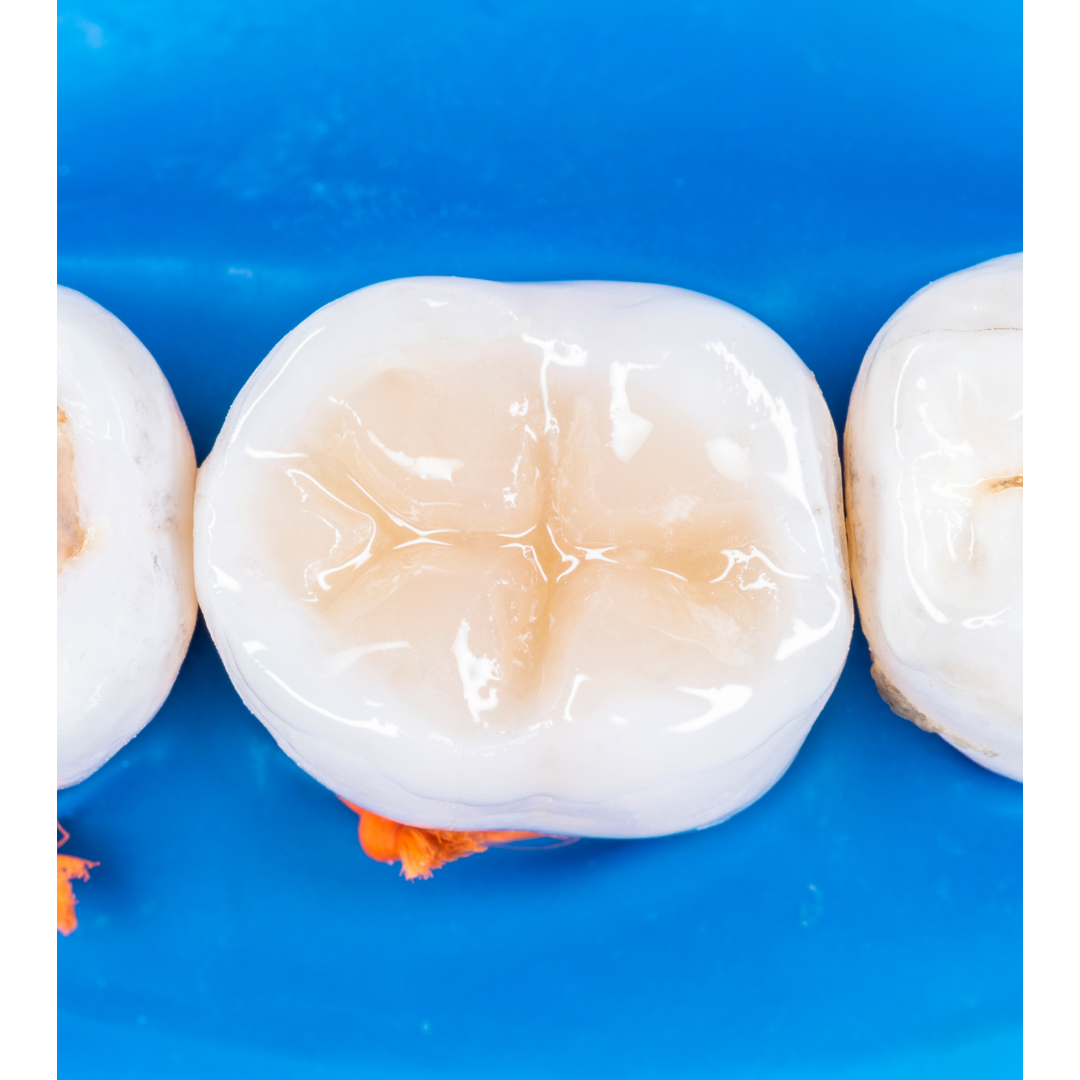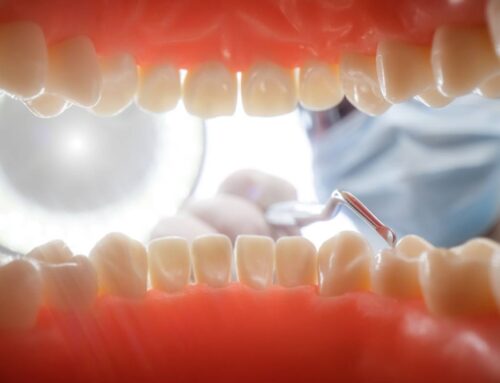Tooth pain can be alarming—and confusing. One of the most common questions patients ask is: “Do I just need a filling, or is this a root canal situation?” The answer depends on how deep the decay has reached and whether the nerve of your tooth is involved. Understanding the difference between the two procedures, and the symptoms that point to each, can help you seek care sooner and avoid unnecessary discomfort or complications.
What’s the Difference Between a Root Canal and a Filling?
Both procedures treat tooth decay, but they differ significantly in scope. A filling is used for minor to moderate cavities, while a root canal addresses infections that have reached the tooth’s pulp—the soft center containing nerves and blood vessels.
Filling: Treating Surface-Level Decay
A filling is a straightforward restoration that removes decayed enamel and replaces it with tooth-colored composite material. According to the American Dental Association, fillings are effective in stopping decay when caught early and can last 7–10 years with proper care. This is the most common dental procedure performed, often completed in under an hour.
Root Canal: Treating Deep Infection Inside the Tooth
A root canal is necessary when decay or trauma causes bacteria to infect the inner pulp of the tooth. This procedure involves cleaning out the infected tissue, disinfecting the canals, and sealing the tooth. Contrary to popular belief, root canals are not painful—in fact, they relieve the severe pain caused by infected nerves. Data from the American Association of Endodontists shows root canal therapy has a success rate of over 95%.
Signs You May Only Need a Filling
Not all toothaches mean serious trouble. Early intervention with a filling can prevent the need for more extensive procedures. Here’s what to watch for.
Mild Sensitivity to Hot or Cold
If you experience occasional sensitivity when eating or drinking something hot or cold, it may indicate a shallow cavity. This type of discomfort typically lasts only a few seconds and doesn’t require immediate emergency care.
Small Visible Cavity
If you or your dentist notice a small brown or black spot on your tooth but there’s no pain, it’s likely still in the enamel or outer dentin. A filling is usually the best course of action at this stage.
No Lingering or Throbbing Pain
A key sign that the tooth hasn’t been deeply infected is the absence of spontaneous or lingering pain. If you’re only uncomfortable when eating sweets or biting down on one side, a conservative filling may be all you need.
Signs You Might Need a Root Canal
When decay spreads beyond the tooth’s hard surfaces and infects the nerve tissue, symptoms become more intense and persistent. These signs should never be ignored.
Persistent, Throbbing Tooth Pain
Severe toothache that doesn’t go away—especially pain that wakes you up at night—is often a red flag for a nerve infection. This kind of pain usually worsens over time and won’t improve with over-the-counter remedies.
Swelling or Pimple on the Gums
A small bump (also called a fistula) near the affected tooth could indicate that pus is draining from an abscessed tooth. This infection must be addressed promptly to prevent it from spreading to nearby teeth or even entering the bloodstream.
Darkening of the Tooth
A tooth that turns grey or brown may have internal damage. Discoloration often indicates that the nerve inside the tooth has died, which usually requires root canal therapy to preserve the tooth.
Lingering Sensitivity After Hot/Cold Exposure
Unlike mild sensitivity, lingering discomfort that lasts more than 30 seconds after exposure to heat or cold is typically a sign that the nerve is compromised. This symptom is strongly correlated with pulpitis—a condition that almost always requires root canal treatment.
Why Waiting Can Make Things Worse
Hoping the pain will “just go away” often backfires. Untreated cavities can deepen rapidly, and what could have been resolved with a simple filling may progress into a much more serious issue.
When a Filling Delay Becomes a Root Canal
Cavities start small but can spread through the enamel and dentin quickly. Once the decay reaches the pulp, a root canal becomes necessary to save the tooth. The CDC estimates that over 90% of adults have cavities—many of which go untreated until they worsen significantly.
Risk of Tooth Loss or Spread of Infection
If a root canal is delayed too long, the infection may damage the surrounding bone or lead to an abscess, ultimately requiring an extraction. In extreme cases, untreated dental infections can lead to systemic issues like sepsis.
How Your Dentist Decides on the Right Treatment
At Novi Oaks Dental, Dr. Ely uses a combination of visual examination, X-rays, and patient-reported symptoms to diagnose the extent of tooth damage and determine the appropriate treatment.
Visual Exam and Dental X-rays
X-rays help reveal the depth of decay and whether the infection has reached the pulp or surrounding bone. This imaging is crucial in distinguishing between cases requiring a filling versus those needing endodontic intervention.
Testing for Nerve Response
A pulp vitality test, which uses hot or cold stimuli, helps determine whether the tooth’s nerve is still alive. Lack of response may indicate nerve death, confirming the need for a root canal.
Root Canal or Filling? Dr. Ely Can Help You Decide
Don’t let uncertainty keep you in pain. Whether you need a conservative filling or root canal therapy, Dr. Anjoo Ely offers gentle, advanced care tailored to your specific needs. Our Novi dental office uses modern technology and a compassionate approach to help you restore comfort and protect your long-term oral health.
Compassionate, Conservative Care in Novi
We always start with the least invasive treatment option that will still preserve your tooth. If a filling can fix the problem, that’s what we’ll recommend. But if a root canal is needed, we’ll walk you through every step with care and clarity.
Book an Exam Today and Protect Your Tooth
If you’re dealing with tooth pain, don’t wait. Contact Novi Oaks Dental today to schedule a comprehensive exam. Early diagnosis can save your smile—and your peace of mind.




